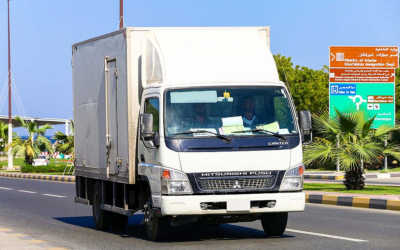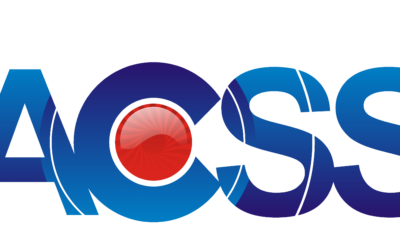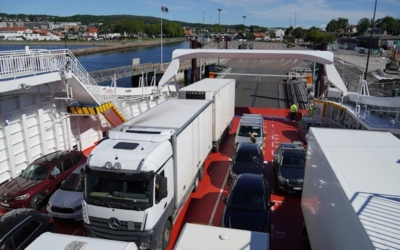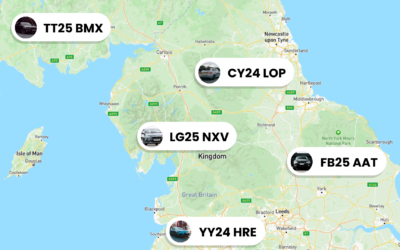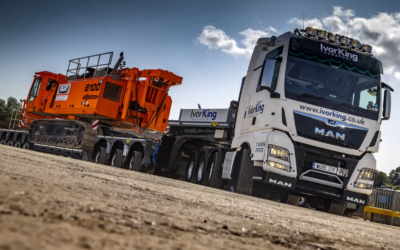AI-Driven Telematics Route Optimization for Fleets
AI-driven telematics route optimisation is no longer a nice-to-have — it’s a differentiator for fleet managers who must cut costs, improve service and keep drivers productive. In this guide for fleet managers, we walk through why modern route optimisation matters, how telematics and AI work together, which metrics to track, a practical implementation roadmap, and the risks and scaling tips you’ll need to succeed. Expect practical advice you can use in the next 30–90 days and links to deeper resources to support your evaluation and rollout.
Why AI-Driven Telematics Matters for Fleet Managers
Limits of traditional routing
Traditional routing tools — static route planners or basic GPS nav — assume fixed conditions and often ignore real-world constraints. That leads to longer mileage, wasted fuel and unhappy customers. Routes planned manually or by rule-based systems don’t adapt to live traffic, driver hours, last-minute job changes or vehicle-specific limits. For a busy fleet, these inefficiencies compound quickly, increasing both operating cost and driver churn.
Business outcomes fleets care about
As a fleet manager you’re likely judged on a handful of outcomes: cost per mile, on-time delivery percentage, driver utilisation and safety. AI-driven telematics route optimisation addresses these directly by cutting unnecessary miles, improving ETAs and reducing idle time. That means measurable fuel savings, better compliance with hours-of-service rules and improved customer satisfaction — all of which show up in the budget and your KPIs.
When to consider upgrading
Consider moving beyond basic GPS if you see any of the following: frequent route rework, high empty miles, escalating fuel spend, persistent late deliveries, or scaling complexity such as mixed fleets or variable customer windows. If you’re already using telematics for location and fault reporting, adding advanced route optimisation is usually the next high-impact step. You can also review our Telematics ROI: Step-by-Step Guide for Fleet Managers for framing the financial case.
How AI and Telematics Work Together
Data inputs and sensors
Effective route optimisation starts with clean, timely data. Typical inputs include GPS location, vehicle diagnostics (OBD/ECU), driver status, traffic and weather feeds, and customer time windows. Modern telematics platforms also ingest job-level constraints such as vehicle capacity, load types and servicing requirements. The more accurate the inputs, the better the model can produce realistic routes — so invest time in ensuring you have reliable tracking and telematics feed quality.
Core AI capabilities (routing, prediction, learning)
AI brings three core capabilities to routing: optimisation engines that solve complex constraints in real time; predictive models that forecast traffic, ETAs and service times; and machine learning that refines models using historical performance. Together, these reduce the need for manual dispatch decisions and enable dynamic re-routing when conditions change. In practice this means fewer late jobs, smarter job batching and continuous improvement as the system learns from outcomes.
System architecture & integrations
AI-based optimisation doesn’t operate in isolation — it must integrate with your TMS, ELDs, dispatch systems and driver apps. Look for platforms with open APIs, low-latency updates and strong mobile UX for drivers. Integrations also make it easier to tie optimisation to maintenance workflows, such as predictive maintenance insights from telematics — see our post on Predictive Maintenance for Fleets. A tightly integrated stack ensures optimised routes are practical and enforceable in the field.
Key Metrics and Measurable Benefits
Operational KPIs to track
Measure what moves the needle. Track metrics like miles per route, fuel consumption per mile, on-time delivery percentage, average job time, driver hours utilisation and idle time. Use dashboards to compare baseline performance to results after introducing telematics route optimisation. Rigorous measurement enables you to validate vendor claims and iterate rapidly.
Financial impact and ROI levers
The primary ROI levers are reduced fuel spend, lower labour costs (fewer driver hours per job), reduced vehicle wear and higher customer retention. When modelling ROI, account for implementation costs (software, integration, training), ongoing licence fees and incremental hardware if needed. For a framework to present finance teams, see our Fleet Management ROI: Guide for CFOs & Ops Managers.
Performance benchmarking and continuous improvement
Set realistic baselines before the pilot and run A/B tests on route strategies. Use weekly reviews to tune constraints and scorecards to compare actual vs predicted ETAs. Over time, the optimisation engine should improve as it ingests more trip data — but that improvement depends on disciplined measurement and governance.
Ready to see the difference? If you want to evaluate how AI-driven routing performs on your own routes, Book demo with Traknova to run a tailored pilot and see projected savings for your fleet.
Practical Implementation Roadmap
Pilot design and success criteria
Start with a targeted 30–90 day pilot. Select a mix of routes that reflect your most common constraints — urban deliveries, mixed stop tours and longer trunk routes. Define success criteria up front: % reduction in miles, fuel savings, on-time improvement and driver acceptance. Collect clean baseline data and plan the pilot during a stable season to reduce noise.
Vendor selection checklist
When evaluating vendors, look for real-time optimisation (not batch-only), robust APIs, clear pricing and strong mobile support. Ask for references from similar fleets and request a performance guarantee or pilot metrics. Ensure the vendor supports integration with your existing telematics and dispatch stack — if you need help framing questions, our Prove Telematics ROI guide has a useful checklist.
Change management & driver adoption
Driver buy-in is critical. Train drivers on the new workflow, explain the benefits (less time waiting, clearer ETAs, fewer changes) and capture feedback early. Use in-cab tools like optimised navigation, route instructions and, where appropriate, dash cameras for safety reviews. Consider small incentives for adherence during the pilot to accelerate adoption.
Risks, Common Pitfalls, and Scaling Tips
Data quality and governance risks
Poor or inconsistent data is the most common reason pilots fail. Incomplete job attributes, incorrect customer windows or unreliable GPS signals produce unrealistic routes. Implement validation routines, standardise data fields and establish ownership for data quality. Regular audits will prevent drift as you scale.
Operational constraints and edge cases
Every fleet has edge cases: restricted access sites, fragile loads, driver language preferences, or special permits. Make sure your optimisation tool supports hard constraints and exception workflows so dispatchers can handle unusual requests without breaking the optimisation model. Plan how exceptions will be flagged and managed.
Security, privacy, and regulatory considerations
Connected platforms introduce new security considerations. Ensure your telematics vendor follows best practices for data encryption, access control and secure firmware updates. If you want a deeper read on protecting connected fleets, check our Fleet Cybersecurity Guide for IT & Operations Leaders and visit our Security page for Traknova’s approach. Also be mindful of driver privacy regulations when retaining location data.
Conclusion
Implementing AI-driven telematics route optimisation can deliver rapid, measurable benefits: lower fuel and labour costs, improved on-time performance and better driver utilisation. The path to success is pragmatic — validate with a focused pilot, measure the right KPIs and prioritise data quality and driver adoption. When done right, optimised routing becomes a continuous lever for operational excellence and cost control.
Frequently Asked Questions (FAQs)
How quickly will I see savings from route optimisation?
Most fleets see measurable improvements within the first 30–90 days of a pilot, particularly in miles per route and on-time performance. Savings ramp as the system learns and as drivers and dispatch adopt the new workflows.
Will route optimisation work with electric vehicles?
Yes — modern optimisation engines support EV constraints like range, charging windows and depot charging locations. If you’re exploring an EV transition, our Fleet Electrification Checklist for Fleet Managers is a useful companion.
Do I need new hardware to get started?
Not always. Many fleets can use existing telematics devices if they provide reliable GPS and vehicle telematics. However, integration needs vary by vendor and you may need upgraded connectivity or in-cab devices for the best driver experience.
How do I measure the ROI of an optimisation project?
Track baseline metrics (miles, fuel, driver hours, on-time %) then compare post-deployment performance. Include implementation costs and any hardware or integration fees. Our ROI resources can help you structure the business case: Fleet Management ROI.
Want to see an actual route optimisation demo? Book a tailored session with the Traknova team to evaluate your routes and get a pilot plan: Book demo.
We value your feedback — did this guide help clarify how AI-driven telematics route optimisation could work for your fleet? Please share your thoughts in the comments or drop us a line via Contact us. If you found this useful, consider sharing on LinkedIn or Twitter to help other fleet managers. What’s your biggest routing challenge right now?
Next steps: If you’re ready to explore a pilot, Book demo with Traknova for a no-obligation evaluation and a tailored roadmap for your fleet.




